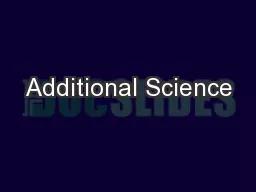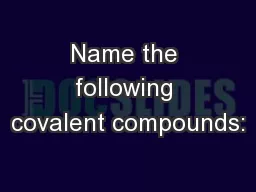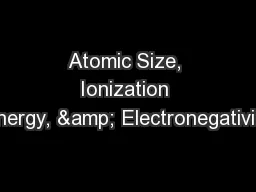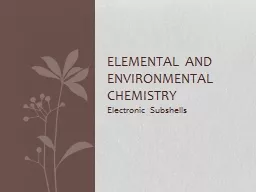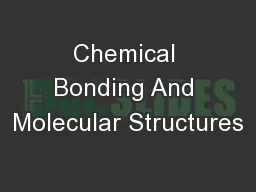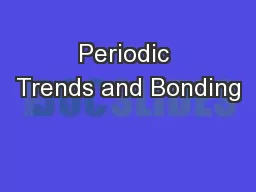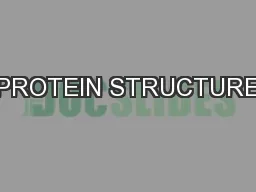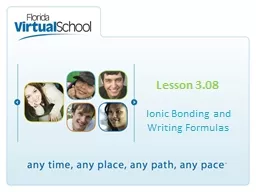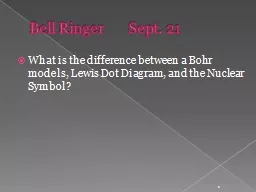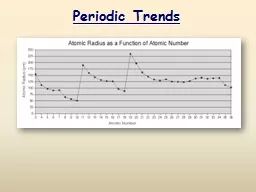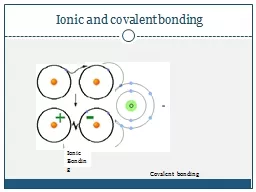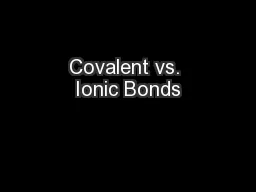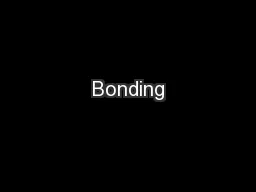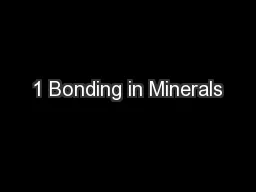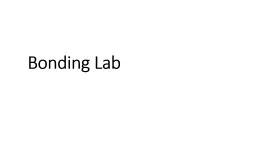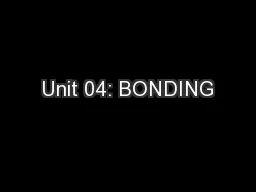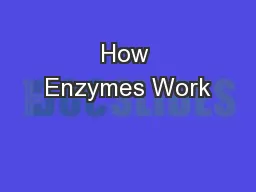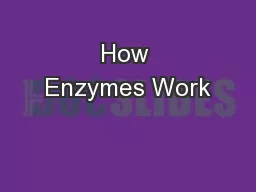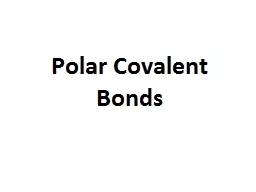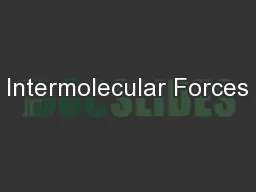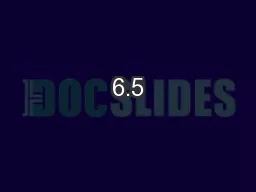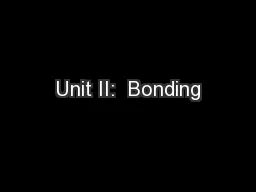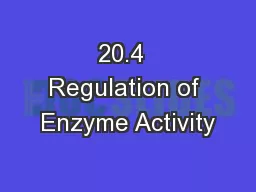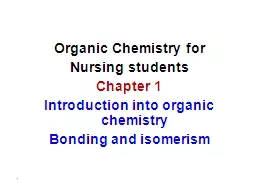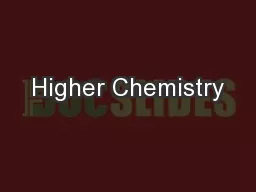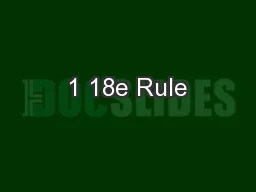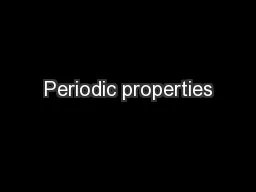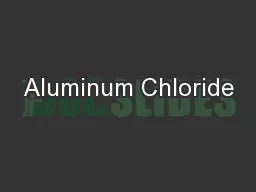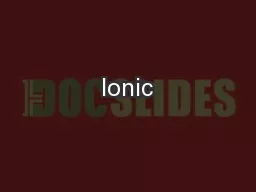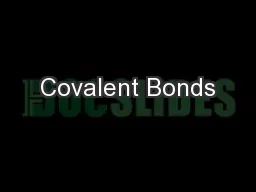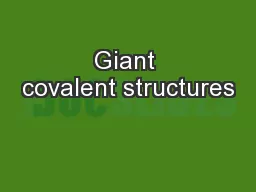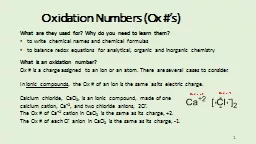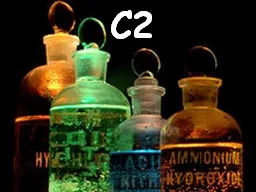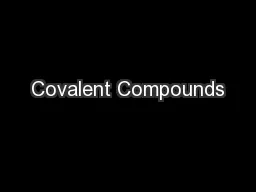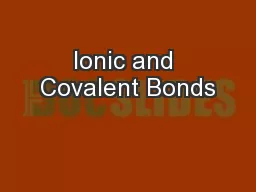Search Results for 'Covalent Electronegativity'
Covalent Electronegativity published presentations and documents on DocSlides.
Additional Science
C2- . Chemistry. If you see……. then think…�...
Name the following covalent compounds:
. 1) . SeF. 6. . . __________________________...
Atomic Size, Ionization Energy, & Electronegativity
1.c. – Students know how to use the periodic ta...
Electronic Subshells
Elemental and Environmental Chemistry. Energy Lev...
Chemical Bonding And Molecular Structures
Prepared By:-. Swastik Mishra Upasana Nath. Rahu...
Periodic Trends and Bonding
Higher Supported Study - Week 2 . Key Areas – P...
Covalent
Bonding. Bonding models for methane, CH. 4. . Mod...
PROTEIN STRUCTURE
PROTEIN STRUCTURE. To understand how drugs intera...
VSEPR/Polarity/IMF Review Game
By: Mr. Gates. Dubuque Senior High School. Catego...
Lesson 3.08
Ionic Bonding and Writing Formulas. Common Anion ...
Bell Ringer Sept. 21
What is the difference between a Bohr models, Lew...
Periodic Trends
Ga. . Standards. Students know . how to use the ...
Tug of War
Polarity and Electronegativity. Think about it. W...
Ionic and covalent bonding
Covalent bonding. Ionic bonding. Ionic Bonding. B...
Covalent vs. Ionic Bonds
How does your sense of smell work? . If a molecul...
Bonding
Chemical bonding. Chemical Bonding. Diamond. Sili...
1 Bonding in Minerals
The Glue That Holds Minerals Together . GLY . 420...
Bonding Lab
Bonding Discussion. Bonding. . Ionic. . Covalen...
Unit 04: BONDING
IB Topics 4 & 14. Text:. Ch 8 (all except se...
How Enzymes Work
Pratt & . Cornely. . Ch. 6. Enzymes. Biocat...
How Enzymes Work
Pratt & . Cornely. . Ch. 6. Enzymes. Biocat...
Polar Covalent
B. onds. Polar bond -. A type of covalent bond be...
Intermolecular Forces
Chemistry 11. Ms. McGrath. Intermolecular Forces....
6.5
Molecular Compounds: . Sharing Electrons. The na...
Non-Covalent Interactions
Alexandra Kent & Allyson Brome. University of...
Unit II: Bonding
Electron Pairs. Recall that in the Lewis/electron...
20.4 Regulation of Enzyme Activity
Phosphorylation is a type of covalent modificatio...
Organic Chemistry for
Nursing students. Chapter 1. Introduction into or...
Higher Chemistry
Periodicity . REVISION. Elements are the simplest...
1 18e Rule
Electronic structures of many . organometallic. ...
Periodic properties
Laws of periodic table. Modern periodic law . Per...
Aluminum Chloride
WHAT TYPE OF BOND DO ALUMINUM AND CHLORINE FORM?....
Ionic
Metallic. Covalent. Macromolecular / giant. cova...
Covalent Bonds
Types of bonds. Ionic bonding. results from elec...
Giant covalent structures
What do these images have in common?. How are the...
Oxidation Numbers (Ox #’s)
What are they used for? Why do you need to learn ...
C2 EXPECTATIONS
Don’t talk when the teacher is talking. Respect...
Covalent Compounds
By: Andres F Sanchez. Molecular Orbital!. Molecul...
Ionic and Covalent Bonds
Ionic bonds . result when electrons are transferr...
GROUP 7 – PHYSICAL PROPERTIES
F. 2. yellow gas. very reactive. toxic . Cl. 2. g...


